A move to increase the use of home-grown timber in UK construction could lead to a major boost for Scotland's economy and the industry's environmental impact.
A consortium of partners – comprising of Construction Scotland Innovation Centre (CSIC), Edinburgh Napier University (ENU) Centre for Offsite Construction and Innovative Structures (COCIS), Scottish Forestry, Confederation of Forest Industries (Confor), and SNRG – has secured funding from Innovate UK's Sustainable Innovation Fund to prove the business case for using Scottish timber to create the structural elements of buildings.
The initiative will manufacture the first Scottish-sourced cross laminated timber (CLT) and nail laminated timber (NLT) housing unit – including wall, roof, and floor – using the UK's only vacuum press at CSIC's 35,000 sq. ft. innovation factory in Hamilton. The demonstrator project could ultimately lead to the mainstream use of home-grown timber in Scotland and the rest of the UK construction, as well as the development of the country's first engineered timber manufacturing plant.
Set to complete by the end of 2020, the CLT and NLT superstructure will be showcased at next year's COP26 United Nations conference on climate change, set to take place in Glasgow between November 1st and 12th 2021.
Sam Hart, innovation manager at CSIC, said: "The project is an important milestone in the move towards more mainstream use of home-grown timber in the UK's construction sector, the majority of which is grown in Scotland. Research has proven that, with the right treatment and processing, our timber can be used for a wide variety of higher-value purposes beyond its relatively limited set of current applications. Through its increased use in commercial construction and housebuilding, we can also reduce our reliance on imported timber.
"The next step from there will be to make the industry aware of this transformational potential and make it a reality. Greater use of our natural and renewable resources will deliver a range of environmental, cost, and economic benefits for Scotland and the wider UK. COP26 is a once in a generation opportunity to showcase what can be achieved."
Among a range of benefits, using more home-grown timber is expected to significantly lower costs for the construction industry – initial figures suggest a potential reduction of as much as 10% compared to imported CLT – cut carbon emissions through reduced need for transportation, and open new markets to the UK-based timber sector.
Analysis has suggested that around 85% of all new homes in Scotland are built using timber and recent UK Government statistics show that, in 2018, the UK was the world's second largest net importer of forest products – including timber – behind only China[1].
Timber grown in the UK has historically been used for non-structural applications, such as fencing and palettes. However, ENU COCIS has led on research and development to determine the viability of using home-grown timber for the production of mass timber products and systems, such as CLT, NLT, Glue Laminated Timber (GLT), and Dowel Laminated Timber.
As a result, a number of UK-sourced mass timber products have been pilot manufactured, tested, and analysed. The latest project is a natural progression to trialling home-grown timber in a live environment, demonstrating the investment case for developing a Scottish manufacturing facility that can offer an alternative to products currently imported from Europe.
Professor Robert Hairstans, Head of the Centre for Offsite Construction and Innovative Structures, said: "Scotland has the renewable resource, internationally recognised expertise and technical capabilities necessary to be at the forefront of a new approach to delivering a sustainable built environment in response to the climate crisis. Leveraging this potential Scotland can deliver the human capital and built assets necessary to form the fabric of a circular economy. Digitally enabled, these assets can instigate an ecosystem of organic growth unlocking the potential of a sector that can lead the way in making the new normal a sustainable future."
Jason Hubert, head of business development at Scottish Forestry, said: "Scottish Forestry, and the wider Scottish Government, recognises the importance of increasing Scottish timber in construction as a means of storing carbon for the long term as well as generating green jobs for the country. This project will provide the springboard for the sector to start manufacturing a great engineering product which can be used in large-scale buildings using home-gown timber.
"The Scottish Government is committed to getting more Scottish timber into construction and aims to increase the current 2.2 million cubic metres to 2.6 million cubic metres each year by 2021/2022."
Construction News
24/11/2020
Push For Increased Use Of Home-Grown Timber In Construction
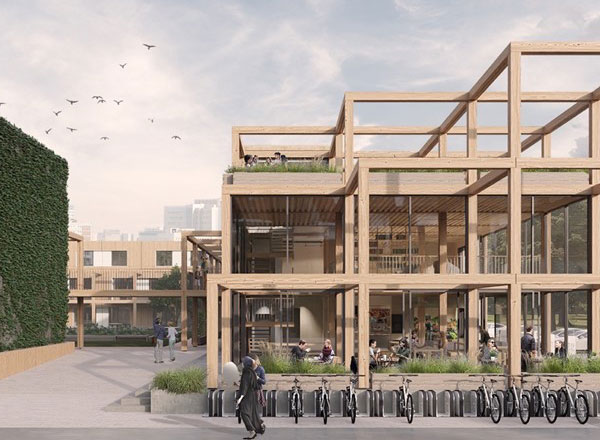
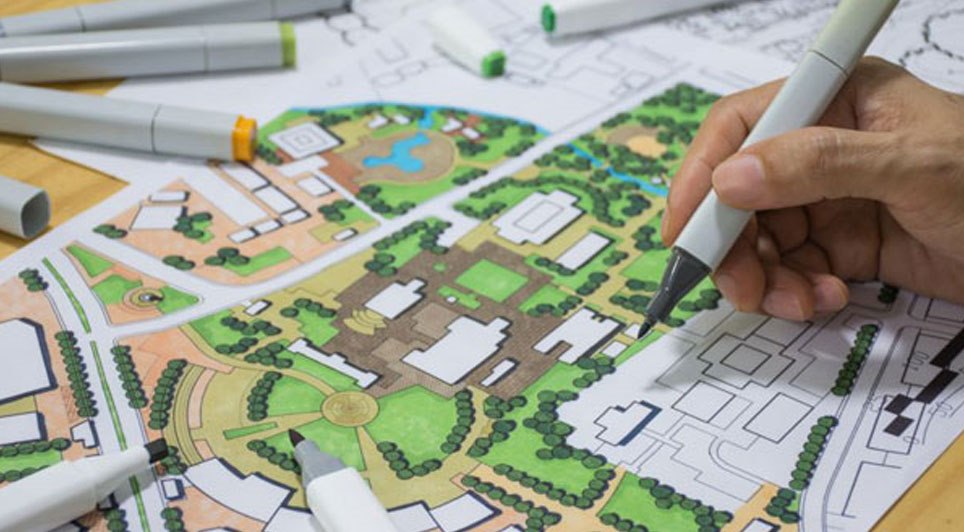
16/04/2025
Construction work on the £5 million repair and refurbishment project at the Loch Centre in Tranent is scheduled to commence in June 2026.
East Lothian Council has announced the anticipated start date for the significant upgrade to the well-used community facility.
Under the current timetable, the
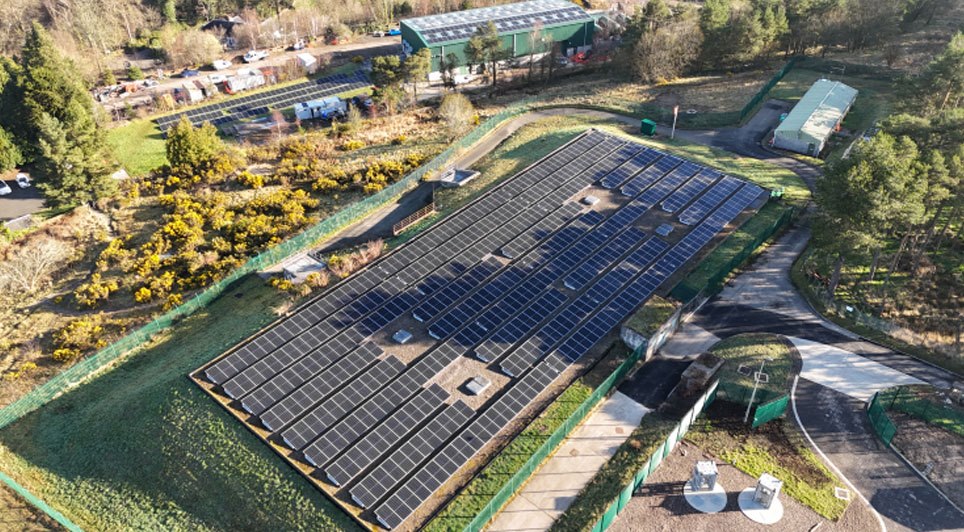
16/04/2025
A £636,000 project to install solar panels at the Gorbals water pumping station in South Ayrshire has been successfully completed.
The scheme aims to provide a renewable energy source for pumping water to thousands of customers in the region.
The project involved the installation of 793 solar pan

16/04/2025
A planning application has been lodged with Glasgow City Council by The JR Group, acting on behalf of Wheatley Group, for the construction of 29 much-needed affordable homes in the Baillieston area of the city.
The proposed development on Caledonia Road will offer a mix of one- and two-bedroom apa

16/04/2025
Residents in 20 blocks of flats across Coatbridge are already experiencing the positive impacts of a recently completed, ambitious energy efficiency refurbishment project.
The extensive construction work has delivered significant improvements to the properties, including the installation of cavity

16/04/2025
Ground investigation works are commencing this month at the proposed site for Orkney Islands Council’s Scapa Deep Water Quay at Deepdale in Holm.
These initial investigations will be followed by marine-based site investigation works scheduled to begin in June.
These works form part of the Pre-Con
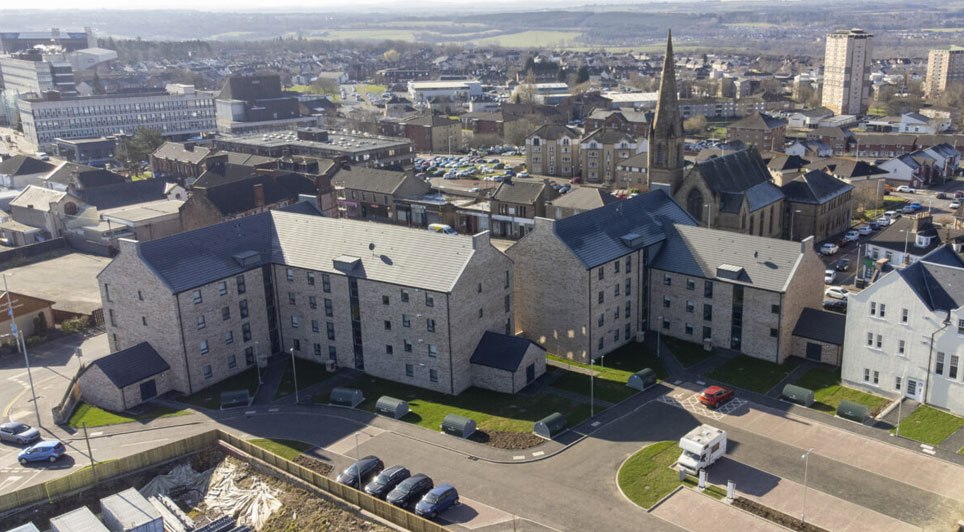
16/04/2025
Construction work has been finalised on a significant new housing development in Motherwell town centre, delivering 42 newly built, highly energy-efficient flats alongside the respectful conversion of the B-Listed YMCA building into a further six homes. The project, part of North Lanarkshire Council

16/04/2025
The Construction Industry Training Board (CITB) has today released its year-end performance data for its New Entrant Support Team (NEST), revealing a significant increase in apprenticeship starts. During the financial year 2024-25, NEST supported 4,128 individuals in commencing apprenticeships, a su
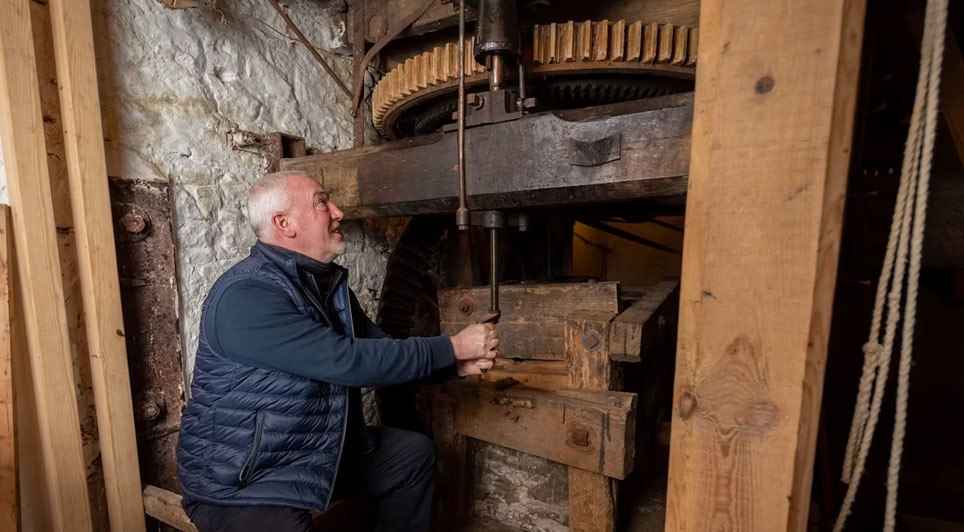
16/04/2025
A water-powered mill in Angus is set to grind grain once again after receiving a record-breaking donation to fund its restoration.
The National Trust for Scotland has announced that a long-time member of the conservation charity has gifted an incredible £2.4 million, one of the largest single dona

15/04/2025
Construction of a £70 million student accommodation development at 292-298 St Vincent Street in Glasgow has reached a significant milestone, with the building now visibly rising from the ground.
Drone footage has captured the progress of the project, which is a partnership between developer Artisa

15/04/2025
Energy regulator Ofgem is expected to confirm today (April 15) its finalised Connections Reform process, designed to expedite grid connections for renewable energy projects that are ready and crucial for achieving the UK's clean power targets for 2030 and beyond.
The new connections system, anticip
 Scotland
Scotland UK
UK Ireland
Ireland London
London











